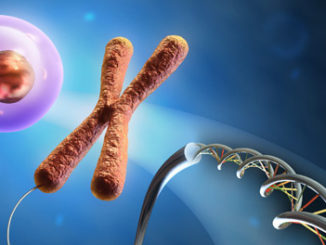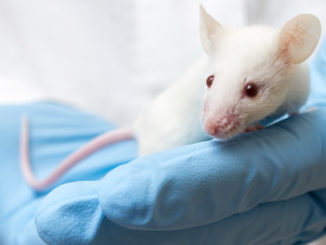Chromatin Remodelers Fine-Tune H3K36me-Directed Deacetylation of Neighbor Nucleosomes by Rpd3S
To form chromatin, DNA is tightly wrapped around nuclear proteins called histones. The repeating DNA-histone complex, which consists of 146 base pairs of double-stranded DNA wrapped around eight core histone proteins (H2A, H2B, H3 and H4), is called a nucleosome. Histone proteins are involved in structural organization of chromatin in eukaryotic cells. They can undergo various posttranslational modifications (PTMs) such as methylation/demethylation and acetylation/deacetylation, which can alter their interaction with DNA and nuclear proteins resulting in remodeling of chromatin structure [more…]




